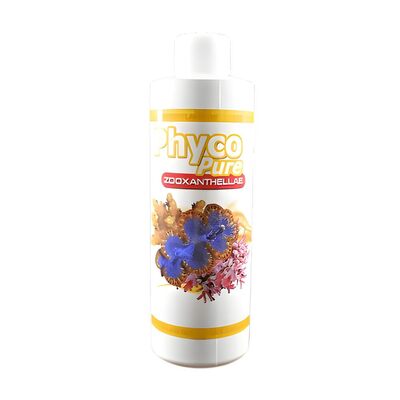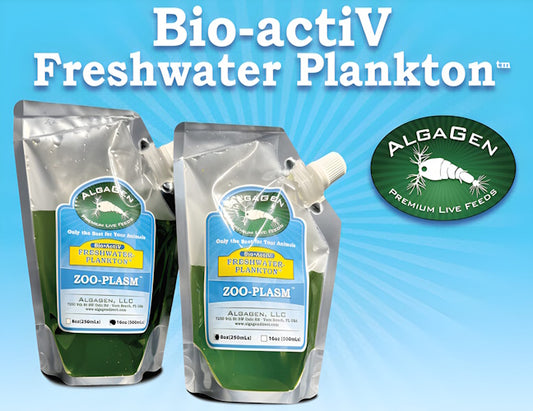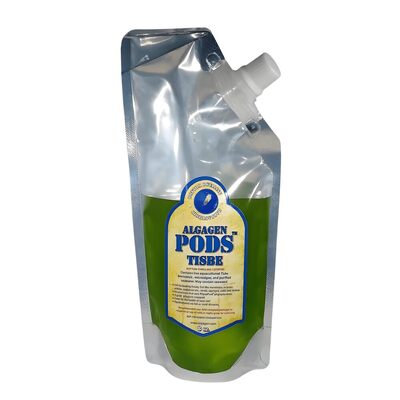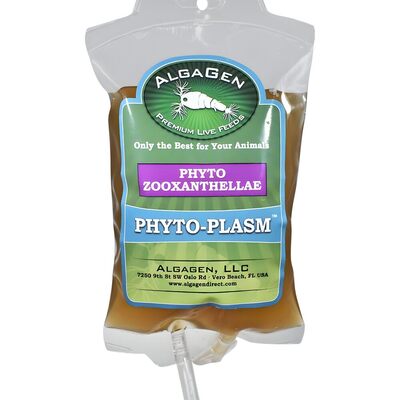Feeding live foods is one of the most effective ways to boost the health, color, and natural behaviors of your aquarium fish and invertebrates. Live foods provide vital nutrients, encourage natural hunting instincts, and can even help condition fish for breeding. For a breakdown of the most popular and effective options, see our Top 5 Live Feeds for Thriving Reef Tank Ecosystems.
Offering live foods mimics what fish encounter in the wild, sparking foraging and activity that can’t be matched by flakes or pellets alone. Whether you keep freshwater, saltwater, or reef tanks, understanding best practices for feeding live foods will help you get the most benefit while avoiding common pitfalls.
Why Feed Live Foods?
- Superior Nutrition: Live foods are rich in proteins, fatty acids, and vitamins, supporting growth, color, and immune health.
- Stimulates Natural Behaviors: The movement of live prey encourages hunting, foraging, and increased activity.
- Breeding and Fry Rearing: Many fish and invertebrates breed more readily and raise healthier fry when fed live foods like baby brine shrimp or copepods.
- Enrichment: Live foods provide mental and physical stimulation, reducing stress and boredom.
Types of Live Foods for Aquariums
- Baby Brine Shrimp: Ideal for fry and small fish; easy to hatch at home.
- Copepods and Rotifers: Essential for reef tanks, filter feeders, and picky eaters.
- Daphnia and Moina: Great for small to medium fish; help clear water by eating microalgae.
- Microworms and Vinegar Eels: Tiny live foods for the smallest fry.
- Blackworms and Tubifex: Protein-rich options for larger fish and bottom dwellers.
- Snails: Offered to puffers and loaches for shell-crunching enrichment.
Rotifers are a staple live food for marine tanks, especially for fry and filter feeders. To learn more about sourcing and using them, read our Live Rotifers for Sale: Ultimate Aquarium Nutrition Guide.
Best Practices for Feeding Live Foods
- Source Responsibly: Always purchase from reputable suppliers to avoid introducing disease or parasites. Use trusted sources like AlgaGenDirect for copepods, rotifers, and phytoplankton.
- Rinse Before Feeding: Rinse live foods with clean, dechlorinated water to remove excess nutrients or contaminants.
- Feed the Right Amount: Only offer what your fish can consume in 2–3 minutes to avoid water quality issues. Remove uneaten food after five minutes.
- Adjust for Species: Match the size of the live food to your fish’s mouth and feeding habits. Surface feeders, mid-water swimmers, and bottom dwellers may need different food types or feeding methods.
- Supplement, Don’t Replace: Live foods are best used as part of a varied diet. Combine with high-quality pellets, flakes, or frozen foods for balanced nutrition.
- Store Properly: Keep live foods refrigerated and use them within a few days for maximum freshness and nutrition.
- Feed live foods 1–2 times per week for most species; more often for fry or breeding fish.
- Remove uneaten food to maintain water quality.
- Use a variety of live foods for optimal nutrition and enrichment.
- Always rinse and store live foods correctly.
Tips for Target Feeding and Maximizing Benefits
- Target Feeding: Use a pipette or turkey baster to deliver live foods directly to shy or slow-moving species, corals, or fry.
- Feed at the Right Time: Many fish and corals are most receptive to food at dusk or after lights out. Schedule feedings to match natural behaviors.
- Turn Off Filtration Temporarily: When feeding live foods, briefly turn off protein skimmers and reduce water flow so food isn’t removed before it’s eaten.
- Observe and Adjust: Watch your fish during feeding to ensure all species are getting their share. Adjust feeding locations or amounts as needed.
Live rotifers not only boost nutrition but also stimulate natural feeding behaviors in fish. Discover more about their unique benefits in Benefits of Live Rotifers for Your Fish Tank.
Common Mistakes to Avoid
- Overfeeding-can lead to poor water quality and algae blooms.
- Relying solely on live foods-variety is key for balanced nutrition.
- Feeding inappropriate food sizes-match food to fish mouth size.
- Using wild-caught foods-risk of parasites and disease.
- Neglecting to rinse or store live foods properly.
“Live foods bring out the best in your aquarium-enhancing color, vitality, and natural behaviors. Feed smart, and your fish will thrive.”
Conclusion
Feeding live foods is a powerful way to boost aquarium health, color, and activity. By sourcing responsibly, feeding the right amounts, and combining live foods with a varied diet, you’ll support vibrant fish and a balanced ecosystem. Start experimenting with live foods and enjoy watching your aquarium come alive!







Recent post